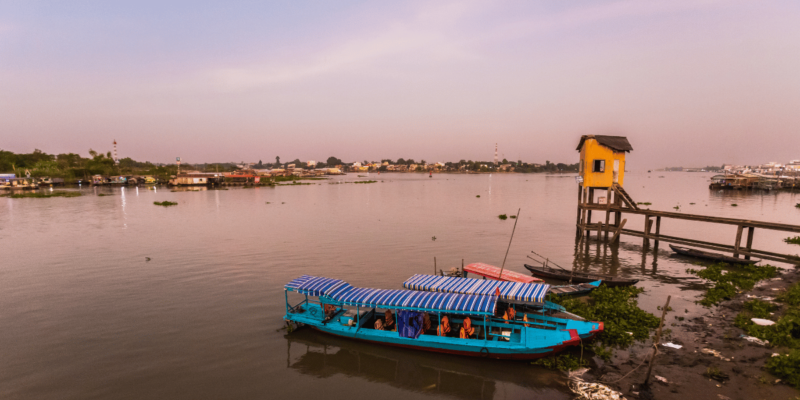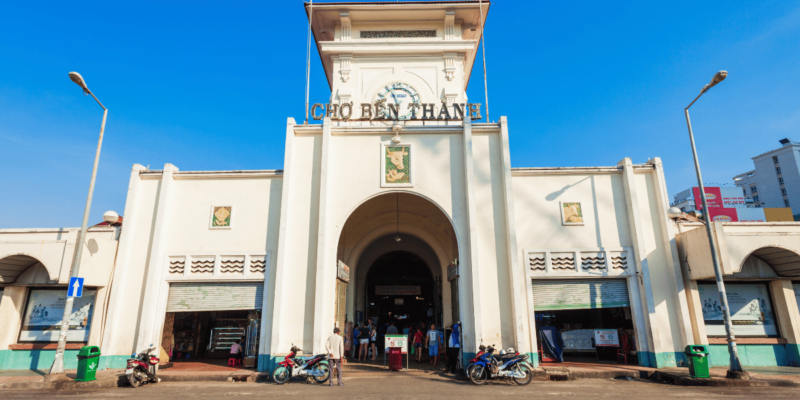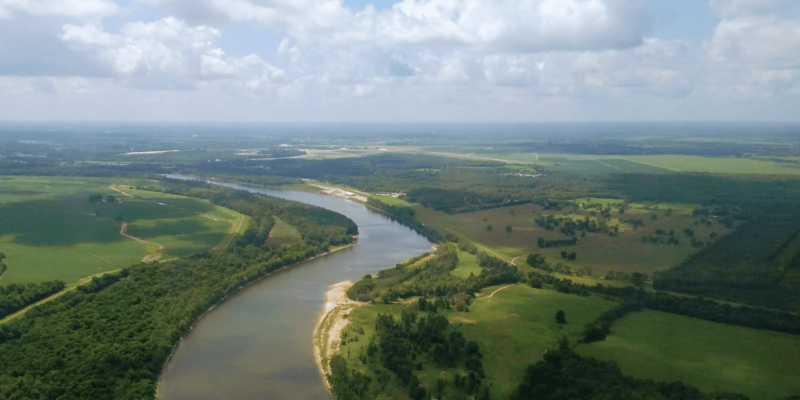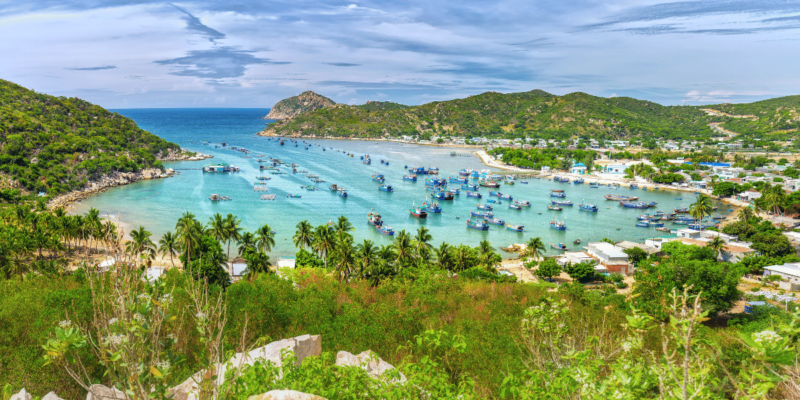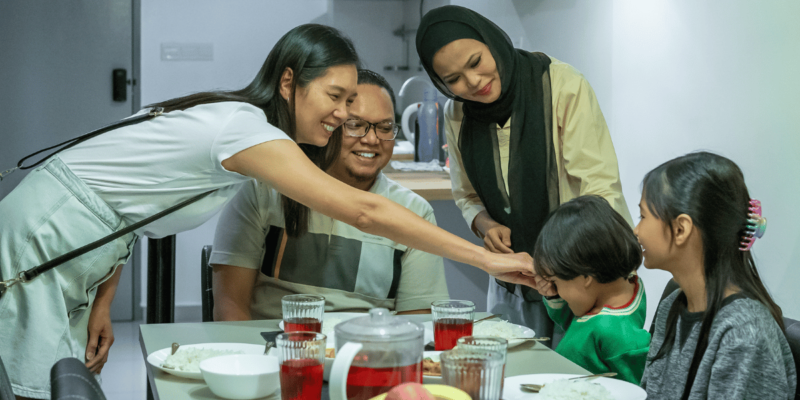Vietnamese Folklore: A Journey Through Myths and Legends
Vietnamese folklore, rich with myths, legends, and traditional stories, forms a vital part of the country’s cultural heritage. These tales not only entertain but also educate, passing down values, beliefs, and historical lessons through generations. By exploring Vietnamese folklore, we gain insights into the nation’s soul, understanding its collective psyche and societal norms. This article delves into the historical context of Vietnamese folklore, major themes, popular myths and legends, folktales, their role in festivals and rituals, and efforts to preserve and modernize these stories, highlighting their enduring significance in Vietnamese culture.
Historical Context of Vietnamese Folklore
Vietnamese folklore has its roots in the ancient history of the region, evolving over millennia through oral traditions and cultural exchanges. The folklore reflects the agricultural lifestyle of the Vietnamese people, their struggles against natural and human adversities, and their deep connection with the land and ancestors. Historical events, such as invasions and dynastic changes, have also influenced these stories, incorporating elements from Chinese, Cham, and other neighboring cultures. In traditional Vietnamese society, folklore served as a means of preserving history, imparting moral lessons, and fostering a sense of identity and unity among the people.
Major Themes in Vietnamese Folklore
Vietnamese folklore is characterized by recurring themes that mirror the values and beliefs of the culture. Themes of heroism and bravery are prevalent, with many stories highlighting the triumph of good over evil. Filial piety and loyalty are central motifs, reflecting the Confucian influence on Vietnamese society. The supernatural, including ghosts, spirits, and mythical creatures, often plays a significant role, symbolizing the connection between the physical and spiritual worlds. These themes not only entertain but also reinforce cultural norms and ethical behaviors, teaching lessons about courage, respect, and resilience.
Popular Myths and Legends
Among the myriad of Vietnamese myths and legends, several stand out for their profound cultural significance. The legend of Lac Long Quan and Au Co tells of the mythical ancestors of the Vietnamese people, a dragon lord and a fairy who gave birth to a hundred eggs, symbolizing the unity and origin of the nation. The story of Son Tinh and Thuy Tinh, depicting the rivalry between the Mountain God and the Water God, explains natural phenomena like floods and storms while teaching lessons about perseverance and love. The Legend of the Sword Lake (Hoan Kiem Lake) narrates how King Le Loi received a magical sword from a divine turtle, which helped him drive out invaders and restore peace. These legends are integral to Vietnamese identity, embodying the country’s historical struggles and triumphs.
Folktales and Traditional Stories
Vietnamese folktales are an essential part of the cultural fabric, often used to convey moral lessons and cultural values. Stories like “The Golden Starfruit Tree” tell of kindness rewarded and greed punished, while “The Frog Who Became a King” highlights the virtues of intelligence and humility. These tales are typically passed down through generations, serving as both entertainment and educational tools. They reflect the everyday life of Vietnamese people, their wisdom, and their aspirations, offering insights into the cultural ethos and communal values of Vietnamese society.
Folklore in Festivals and Rituals
Vietnamese festivals and rituals are deeply intertwined with folklore, with many traditional celebrations rooted in myths and legends. During Tet, the Lunar New Year, various folktales and legends are reenacted and retold, reinforcing cultural heritage and communal bonds. The Mid-Autumn Festival, celebrated with lantern processions and lion dances, commemorates tales like that of Cuoi, the man on the moon, and the Moon Goddess. These festivals not only preserve the folklore but also bring communities together, allowing people to celebrate their shared history and cultural identity through ritualistic reenactments and communal activities.
Preservation and Modern Adaptations
In contemporary Vietnam, efforts to preserve and promote folklore are evident in various forms of media and education. Folklore is incorporated into school curriculums, ensuring that young generations are familiar with traditional stories and their cultural significance. Modern media, including films, television, and literature, often draw inspiration from these ancient tales, adapting them for contemporary audiences while maintaining their core messages. Initiatives by cultural organizations and the government support the documentation and dissemination of folklore, recognizing its importance in maintaining cultural continuity and identity in a rapidly modernizing world.
Conclusion
Vietnamese folklore, with its rich tapestry of myths, legends, and traditional stories, plays a crucial role in preserving the cultural heritage of Vietnam. These tales encapsulate the values, beliefs, and historical experiences of the Vietnamese people, offering insights into their collective identity. As modern Vietnam continues to evolve, the preservation and adaptation of folklore remain essential in maintaining the cultural fabric of the nation. Through these stories, the spirit of Vietnam endures, connecting the past with the present and future, and enriching the nation’s cultural landscape.


